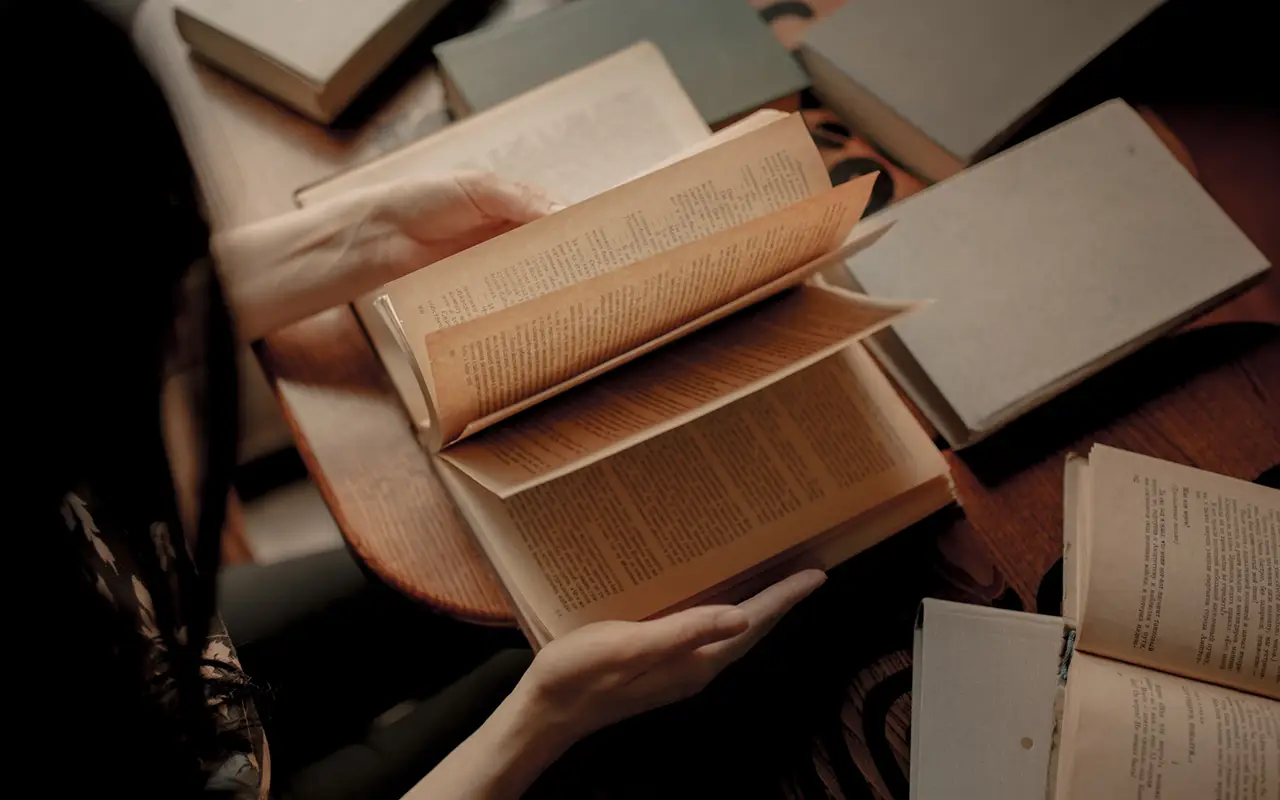The Scene: Why Some Messages Stick & Others Disappear
Think about the last story that stayed with you.
Maybe it was a book you couldn’t put down.
Maybe it was a speech that gave you chills.
Maybe it was a brand message so powerful, you still remember it years later.
Now think about the messages you forget—the ones that disappear seconds after you hear them.
The difference?
Great stories follow a structure that locks into the human brain.
And if you know how to use that structure?
You can craft messages, brands, and lessons that people don’t just hear—but remember.
The Science of Why Stories Stick
Humans are wired for narrative.
- Our brains process stories 22x faster than facts.
- We remember emotional arcs more than raw information.
- Our minds seek resolution, meaning, and transformation.
That’s why the best movies, speeches, and brand messages all follow a hidden pattern.
It’s not just words—it’s structure.
And that structure? It’s called The Hero’s Journey.
The Hero’s Journey: The Hidden Blueprint of Every Great Story
The Hero’s Journey is the classic storytelling framework used in everything from mythology to Hollywood blockbusters.
It’s why Star Wars, The Lion King, and Harry Potter feel so powerful.
It’s why Nike’s “Just Do It” hits harder than a generic slogan.
It’s why the best brands and educators don’t just share ideas—they take people on a journey.
Here’s how it works:
The Experiment: The 3-Phase Story Arc
1. The Call to Adventure (The Problem)
The hero (your audience) starts in their ordinary world but faces a problem.
In a movie: Luke Skywalker is stuck on Tatooine, longing for more.
In branding: A customer realizes their current solution isn’t working.
In education: A student struggles with traditional learning methods.
Why This Matters:
Your audience needs to see themselves in the problem before they care about the solution.
The best messaging doesn’t start with who you are—it starts with what your audience is struggling with.
– Lauren Janeen
2. The Transformation (The Solution & Growth)
The hero embarks on a journey of change.
In a movie: Harry Potter discovers he’s a wizard and steps into the magical world.
In branding: Nike doesn’t just sell shoes—it sells the identity of an athlete.
In education: A teacher doesn’t just give students knowledge—they help them unlock their own potential.
Why This Matters:
- People don’t buy products—they buy who they become when they use them.
- People don’t follow leaders—they follow guides who help them transform.
Your brand messaging should always answer:
How does engaging with this brand make my audience feel different, stronger, or more capable?
3. The Return with the Reward (The Resolution & Impact)
The hero has transformed—and now they share that transformation with others.
In a movie: Simba returns to the Pride Lands as a true king.
In branding: Apple’s “Think Different” isn’t just about computers—it’s about being part of a movement.
In education: A student who struggled now thrives—and helps others do the same.
Why This Matters:
Great brands don’t just sell solutions—they create stories people want to be part of.
If your audience sees a clear before-and-after transformation, they’ll remember your message forever.
Your brand should give people something to carry forward—a belief, a shift in identity, or a new way of seeing the world.
The Experiment: How to Apply This to Your Brand, Content & Teaching
1. For Brand Messaging: Make Your Audience the Hero
Most brands make the mistake of making themselves the hero.
But the best brands position themselves as the guide.
- Your audience is Luke Skywalker. You are Obi-Wan.
- Instead of: “We are the best creative agency.”
- Say: “We help brands unlock their boldest, most unforgettable identity.”
Make your audience the center of the story—and they’ll remember you.
2. For Storytelling & Content: Always Show the Transformation
Next time you write a post, a lesson, or a speech, ask:
- Where does the audience start (the struggle)?
- What journey do they go through (the shift)?
- Where do they end up (the transformation)?
When you write content this way, people won’t just read it—they’ll feel it.
3. For Teaching & Leadership: Make Learning Feel Like a Quest
Great teachers don’t just deliver information.
They invite students into a journey of discovery.
Instead of: “Here’s the lesson plan.”
Say: “We’re going on a knowledge quest—by the end, you’ll see the world differently.”
Make learning feel like stepping into an adventure—and people will stay engaged.
The Final Lesson: People Don’t Remember Information. They Remember Stories.
If you want your brand, content, or leadership to stand out:
Don’t just give people information—take them on a journey.
Make them the hero, guide them through transformation, and give them something to carry forward.
Because at the end of the day?
People forget ads.
They forget data points.
But they never forget a story that changed the way they saw themselves.
– Lauren Janeen
Your brand can be that story.
Your Challenge This Week
- Look at your current brand message or content.
- Does it follow the 3-phase Hero’s Journey? If not, how can you shift it?







